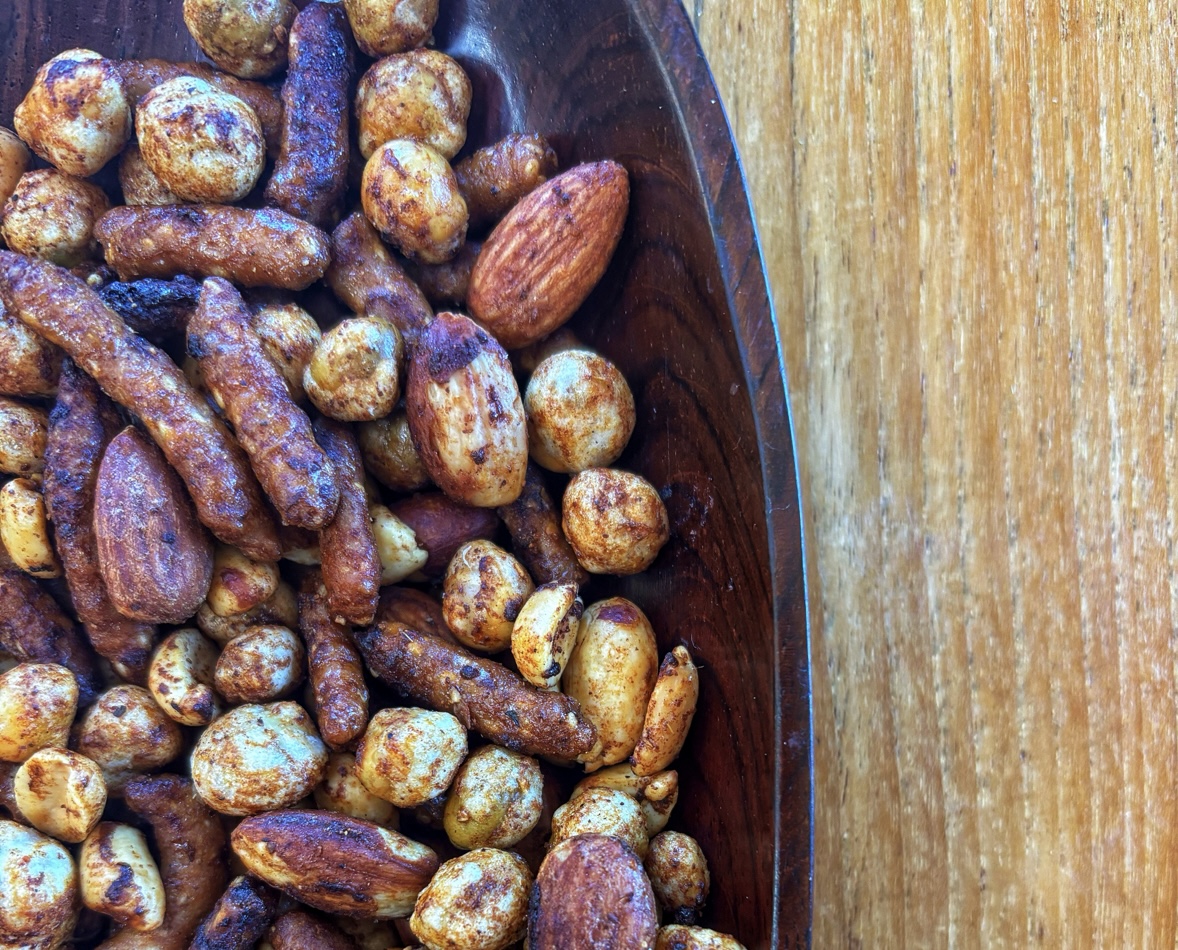Several years ago I had the opportunity to learn a bit more about knives during a visit to both the Wusthof and the J.A. Henckels manufacturing facilities in Solingen, Germany. Some 15 years ago, knife manufacturing was just welcoming new technologies that would change the world of knife manufacturing. I was able to see both the old and the new side by side. Specifically in the Wusthof factory, Wolfgang Wusthof proudly displayed the age-old tradition of hand-forging the cutlery, where skilled artisans worked under high heat conditions to hand-forge each knife. Mr. Wusthof was also proud to display the company’s foray into more computerized laser technology that would cut each blade from a large steel sheet to perfection.
A few years later, I visited Maniago, Italy where knife-making has been a tradition for centuries. There in the cutlery capital town in Italy, I learned of the tradition of manufacturing knives, scissors and other cutting tools spacing from the highest technology to the ancient tradition for more than 400 years.
Clearly my education was in steel knives, yet it wasn’t until a business colleague took the time to visit me in my home to tell me a bit about another age-old cutlery tradition – ceramic knives. She was from Kyocera, and was there to give me a bit more education on cutlery.
She explained to me what makes ceramic knives so great to use. First, they are much harder than steel. Made from Ceramic Zirconia, which is second in hardness only to diamond. It is processed into either Zirconium Oxide (white) or Zirconium Carbide (black), Zirconia, with the black blades being subjected to an extended final firing process. The black blades can be up to twice as hard as the white blades, however both are at least 7 to 10 times as hard as the common steel knife blade.
Because ceramic blades are stronger, they can hold their edge longer (a year or longer). Which is probably how long we all go between sharpening our steel knives. The problem with the latter is, that a dull knife is an unsafe knife. It is best to keep knives sharp for easy cutting, without effort or slipping. And that is why ceramic knives are ideal. They stay sharp longer, and perform the task you need it to accomplish.
Ceramic knives are perfect for general applications requiring superior edge retention or wear resistance. They are ideal for prepping vegetables, fruits and boneless meats (they should not be used for boning).
Ceramic knives are lightweight making it easy to maneuver and can cut down on fatigue during prep. “The lightness of the ceramic knives makes them much easier to handle,” explains Juanita Coumbias, international sales and marketing director for Starfrit. “Many consumers feel uncomfortable handling a traditional steel 8-inch chef’s knife. But the ceramic chef’s knife is as light as a paring knife.”
It does, however, take a bit of getting used to, mentally. I was conditioned to believe that heft – the weight – of the knife was what helped make it perform well. A good forged knife was much better and more powerful than a stamped knife that was attached to the handle with small screws. Well, because ceramic is extremely lightweight, I had to reprogram myself into thinking that lightweight doesn’t mean it won’t perform well. And it is true, my ceramic knife helps make my prepping of meals much easier and more pleasant. “The new materials available today are super-light,” adds Coumbias. “With this evolution, lighter no longer necessarily means cheaper.”
What is also ideal about ceramic is that it doesn’t stain and it isn’t susceptible to certain food acids that can discolor knives. And, because it is chemically inert, there is no taste that can be left behind.
“Consumers are looking for healthy alternatives today,” says Coumbias. “The ceramic knife is a healthy alternative because no metal ions are transferred to food. And, because ceramic is natural it won’t corrode and it is extremely easy to clean, without rusting.”
As for maintenance of a ceramic knife, there is very little. Ceramic is a bit more fragile than steel, so there is the possibility of the knife cracking if dropped, and the blade’s edge can begin to chip if you use them on too hard a surface or use them to bone a chicken, for example. However, for the most part, they require very little care.
What you may experience, over time, is the appearance of micro-chips at the blade’s edge. This does not necessarily mean that the knife is dull. However, when the knife no longer performs to your liking, it is time to get them re-sharpened. Companies like Starfrit and Kyocera, recommend sending the knife back to the company so that the reestablishment of a new sharp edge can be done professionally. (Larger chips and broken tips can often be corrected by re-sharpening as well.)
Despite all the benefits of using ceramic knives, most consumers are unaware of them. “It has taken a long time for ceramic knives to gain acceptance,” explains Coumbias. “One reason for this,” she explains, “is because price points have been high for ceramic knives.” But, now that a number of high quality knives at a more reasonable every day price are available, consumers are more willing to try the knives and learn of their benefits.
Back when my friend introduced me to ceramic knives, I was lucky enough to receive a Kyocera ceramic knife as a gift. I began using it immediately. I was a convert. I loved the way it handled, I loved the way it sliced through tomatoes, I loved the way it glided through boneless chicken breast. But I have to admit, I rarely take it out of the box.
I’m not sure why it lie dormant in the kitchen, especially as my steel knives dulled and dulled and dulled, awaiting for the day that I would sharpen them and restore them to their full glory, but it did. Was I afraid that it would break? Was I too lazy to open the drawer and pull it out of the box? Was I just unwilling to break an old steel knife habit?
Then, a few weeks ago, I received a Starfrit ceramic knife to try out. From the moment I made my first slice through a tomato, all my ceramic knowledge came flooding back to me, and I am still kicking myself for not using that original Kyocera more frequently.
Now, instead of reaching up to my extensive collection of steel knives, I find myself reconditioning myself to reach for the gadget drawer – because that is where I find my new favorite tool, the ceramic knife.


